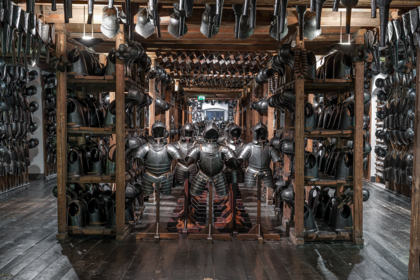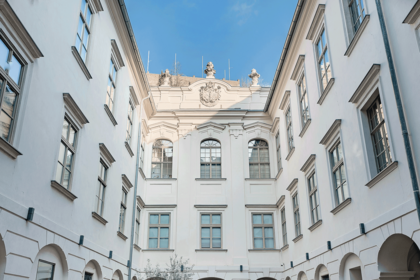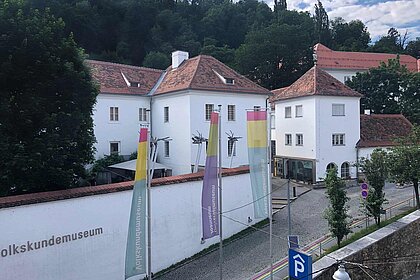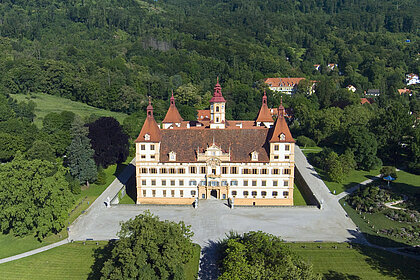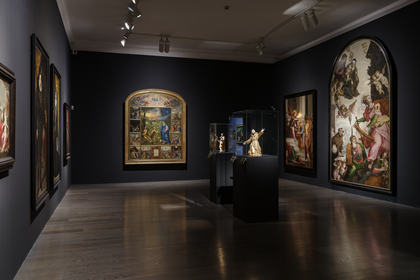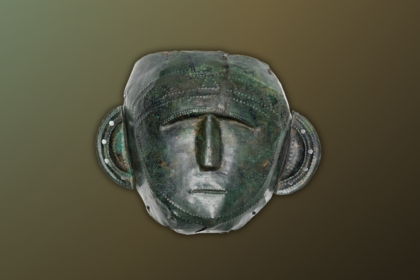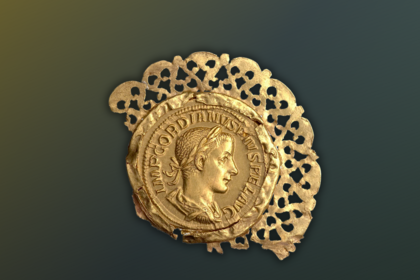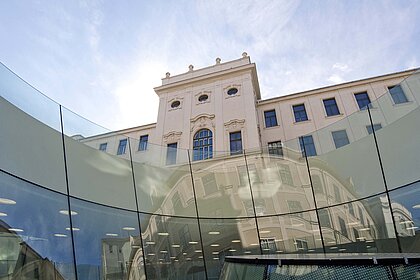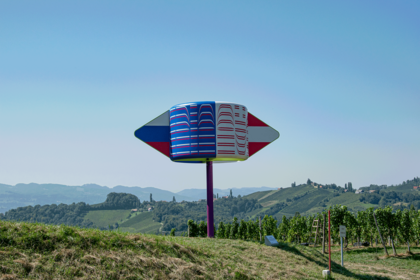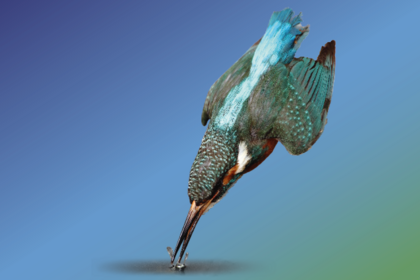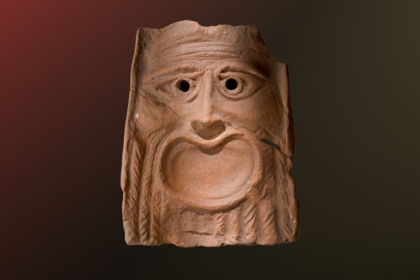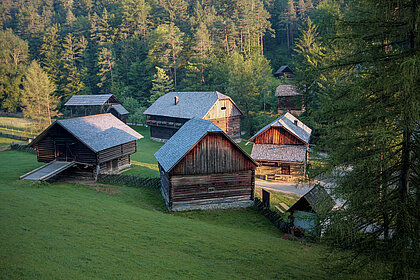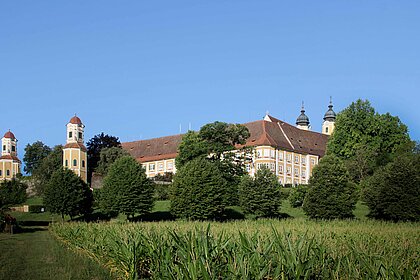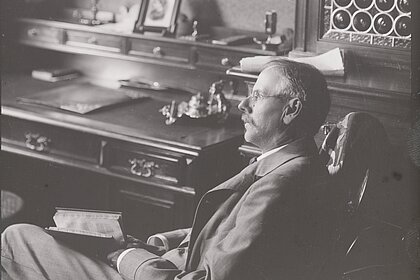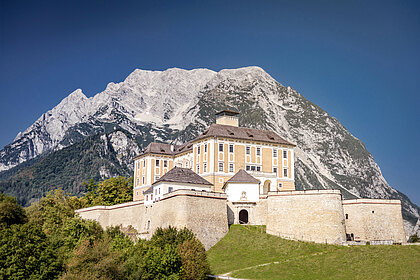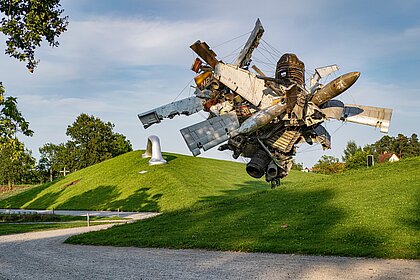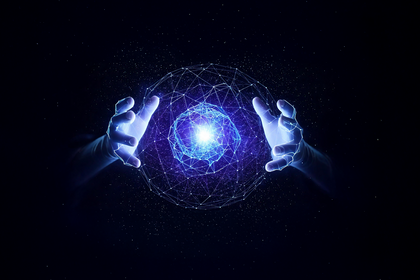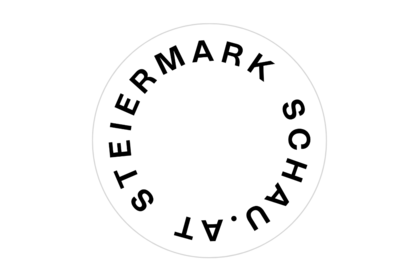Programme
Archive
2017
27.09. - 28.09.
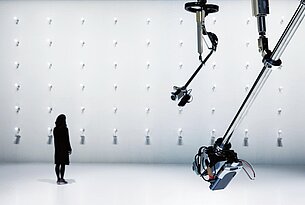
The Virtual and the Real
Accessing, Analysing and Displaying Cultural Assets
The drone-based digitization of archaeological sites, the visual restoration of fragmented objects, or the interactive visualization of past conditions in visual exhibitions – there is no doubt that digital technologies open up new possibilities for both museum professionals as well as the public. In a series of short lectures, project presentations and talks with experts, we would like to discuss how much awareness there is among museum executives of the benefits of digital technologies in the areas of documentation, restoration, and communication.
2017
29.06. - 30.06.
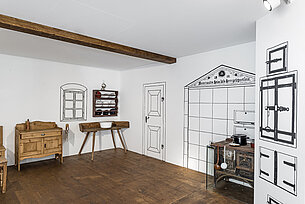
Surveying Nature and Culture
Exhibiting the Local
Whether museums of local history, museums specializing on specific historical topics, or provincial exhibitions: museums and exhibitions on (cultural) history operate within a particular tradition of displaying and communicating when it comes to dealing with past events and developments. Such presentations usually focus on the available, more or less accidentally preserved, precious objects. Their intended role is to substantiate a linear, previously defined history from beginning to end as well as provide evident causal links. During this event, we would like to explore the question of whether there are other, more contemporary ways of dealing with local and regional history.
2017
08.06. - 09.06.
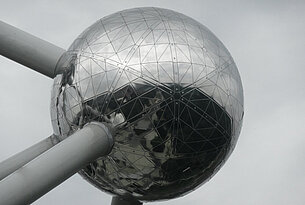
Brussels
Colonial Trauma and Present-Day Europe
“European identity” – what does this term mean today against the background of Europe’s historical entanglements and the challenges and hopes of the present? We will approach this question by focusing on the new and renewed museums that embody this idea, above all, the House of European History and the newly renovated, perhaps largest colonial museum on the continent, the old Royal Museum for Central Africa in Tervuren.
2017
18.05. - 19.05.
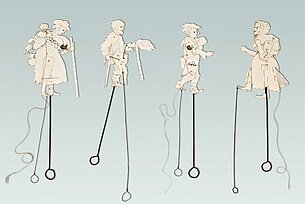
Making history more contemporary
Learning history in the museum
In the 2016/17 school year, a new curriculum for history, social studies and political education went into effect in Austria. The aim of the new curriculum is to foster a “reflective and (self)-reflexive awareness of history and politics” in young people. Together with educational and museum experts we will discuss the contribution museums can make towards achieving this goal as places of learning outside the classroom.
2017
12.04. - 14.04.
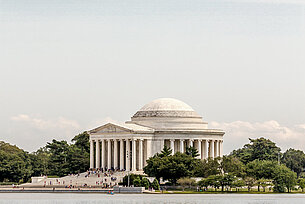
Washington
(National) History Museums in the 21st Century
The National Mall is the museum mile of the U.S. capital, Washington, D. C. In the immediate vicinity of the halls of government and numerous monuments are located the national history museums, almost all of which belong to the Smithsonian Institute, the largest museum complex in the world. Only one of the institutions focuses on American history as such, whereas the other (more successful) museums deal with specific aspects or individual groups. We will examine the past and present of selected museums.
2017
09.03. - 10.03.

Racism in the Museum?
Raising Awareness for Non-Discriminatory Museum Work
Addressing the topics of exclusion, hierarchies, and power in the museum also means talking about racism. It is true that for some years, besides exhibitions on this topic, there has been a growing number of debates on mechanisms of exclusion or the reproduction of discriminatory stereotypes in cultural institutions and how to avoid them.
2016
01.12. - 02.12.
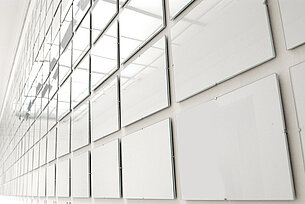
New ways of exhibiting mass-produced pictures
On working with historical pictures
Since the last third of the 19th century, pictures have been reproduced in ever more cost-effective ways and in greater volumes. Serial formats like trade cards, commercial photographs or postcards spread throughout the social sphere – and in the process, affected what they depicted. In the context of exhibitions, there has not been much reflection on the use of these mass-produced pictures.
2016
13.10. - 14.10.
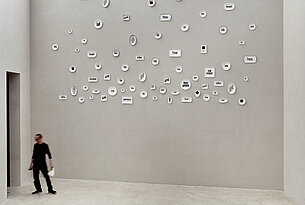
Cologne
City and city history in the museum
In Cologne, there are around fifty, in part, internationally important museums and museum-related institutions on almost every field of knowledge. What is characteristic of these museums and institutions is that, apart from a few exceptions, they owe their existence to citizens’ initiatives because feudal traditions were completely absent in the former free imperial and Hanseatic city. A special feature of Cologne’s museum landscape is the fact that most of the buildings are located in close proximity in the city centre and appear here in the context of the remnants of the 2,000-year-old city that was nearly completely destroyed during the Second World War.
2016
29.09. - 30.09.
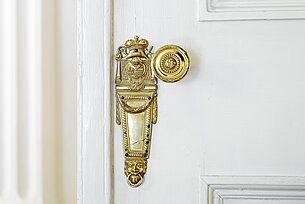
Reshaping the landscape
The structural transformation of Salzburg‘s DomQuartier
In 2014, the “DomQuartier” (or Cathedral Quarter) was opened in Salzburg. Bringing together several museums, buildings and collections under one umbrella brand not only created a new tourist highlight, but it also launched a restructuring of Salzburg’s museum landscape. Behind the scenes, this process of closer collaboration is being accompanied by organisational renewal, which is the actual focus of this event.
2016
23.06. - 24.06.
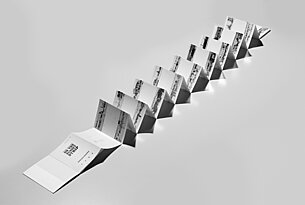
Tasked with reporting
Press and public relations work in museums
Short-staffed editorial offices and journalists under time and production pressure, the introduction of ever newer technological possibilities, and media consumption habits that have changed radically in just a few years: Together with media and museum experts we will examine the question of what perspectives the abovementioned developments open up for public relations work in museums.
2016
16.06. - 17.06.

The forgotten 20th century
Collecting contemporary history
The history of the 20th and the early 21st centuries is underrepresented in Austria’s (cultural) history collections. Museums that have established plans in keeping with the times and have begun actively collecting are still the exception. Since museum professionals define their institution’s potential for future development through how they update their collection plans, we would like to deal with the following questions in a series of theoretical inputs and reports based on experience.
2016
19.05. - 20.05.
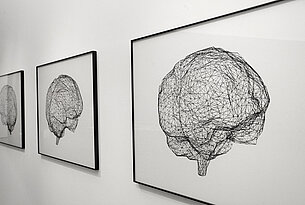
Museums on the Internet
Dimensions of digital museum work in the WWW
The Internet presence of museums is no longer limited to publishing announcements and reports online. Being online encompasses a wide range of possible activities and the digital expansion of traditional fields of work. New forms of public access to collections, the networking of information or the interaction with target groups now makes it necessary to reflect on the institution and the daily work methods within it.
2016
12.05. - 14.05.
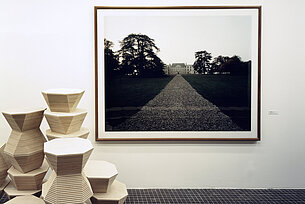
Warschau
Politics of remembrance
The Warsaw Rising Museum and the POLIN, the new Katyń Museum or the planned Polish History Museum – Warsaw, like other Polish cities, has experienced a museum boom over the last decade or so. Against the backdrop of a highly politicised discussion on the interpretation of one’s own history, we will take a look at the concepts and offerings of selected institutions.
2016
07.04. - 08.04.
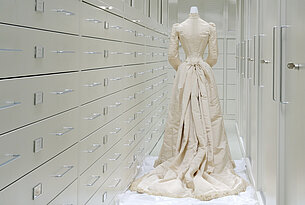
Past their prime?
Museums between realignment and renewal
Whether they are devoted to specific topics and events, famous individuals or social groups – museums have always been products of their times. They are established against the backdrop of political, economic and social developments, as well as social movements. They adapt their collections and offerings to meet a narrowly defined set of conditions. We want to raise the question of what occurs when realities undergo radical change.
2016
25.02. - 26.02.
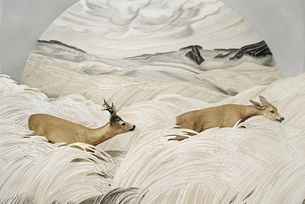
Concentrated reality
The diorama
Dioramas were already in use in museums of nature, technology, history and ethnology in the 19th century. For museum experts, they were an opportunity to create the illusion of reality and to display the objects in context. For visitors, they suggested a glimpse into past or distant worlds.
2015
03.12. - 04.12.
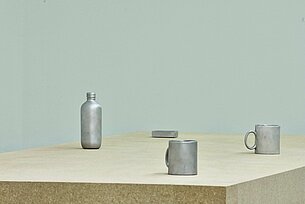
A fleeting hold
Immaterial heritage and regional museums
The “preservation of immaterial cultural heritage” has risen to become a ubiquitous call today. The concept itself, however, not only refers to the documentation of language, knowledge or practices, but it also includes the increased value of immaterial cultural heritage and its handing down as “living culture”. We are interested in the relation between regional and cultural history museums and immaterial cultural heritage and how those responsible for these institutions act in light of the fact that the social role of these museums can no longer consist in caring for and maintaining the traditional, but rather that their strengths lie in analysing and contextualising cultural phenomena in the broadest sense.
2015
19.11. - 20.11.
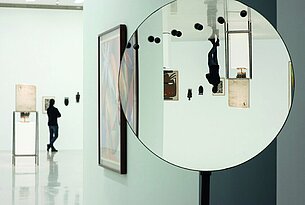
Showing presenting understanding
Analogue modes of perception in a digital age
Understanding things as realia is a productive process. It assumes the ability to draw, on the basis of an examination of an object, the observation that one's own perception, interpretation and attribution is only one of many possibilities. Museums differ principally from media in that they can show things as realia rather than as mere images of things, regardless of how these images are produced.
2015
15.10. - 16.10.
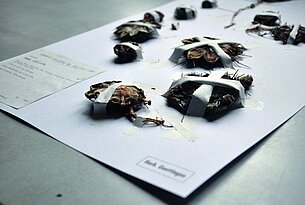
Exhibiting knowledge
Exhibiting knowledge
Over the next few years, a “museum of knowledge” is to be established in Göttingen. The focus of the museum will be on the production of knowledge in its historical depth and current breadth on the basis of the more than 30 academic collections of the Georg August University. By using “objects of knowledge” to communicate the sum of what is known, the museum draws on the long tradition of this “university of the Enlightenment,” in which teaching and research have been “object-based” for more than 275 years.
2015
02.10. - 03.10.
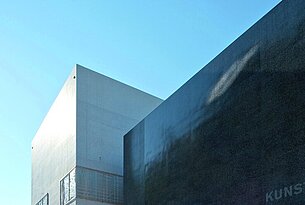
Communicating architecture
Contemporary positions, methods, media
Architecture is a document of cultural and stylistic history, a hoard of knowledge on technical and economic history, and an advocate of regional knowledge networks and their transfer. Institutions such as museums, authorities for the protection of monuments and private initiatives are taking great efforts these days to preserve the cultural heritage. Construction, however, is only one of architecture's many facets.
2015
17.09. - 18.09.
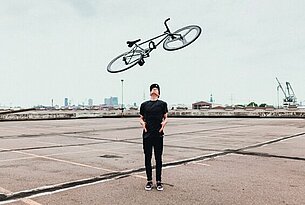
Racing standstill
The museum is movement
Arranging and arresting: These activities have shaped the image of museums since their inception. Yet activities such as acquiring, collecting, combining and re-sorting have been no less central to the action behind museum walls. On a fact-finding mission through selected museums in Hamburg, we together with local experts will explore the movements of things, knowledge and everyday practices, people and points of view, without which museum collections would never have come about and research results or exhibition narratives would have been unthinkable today.
